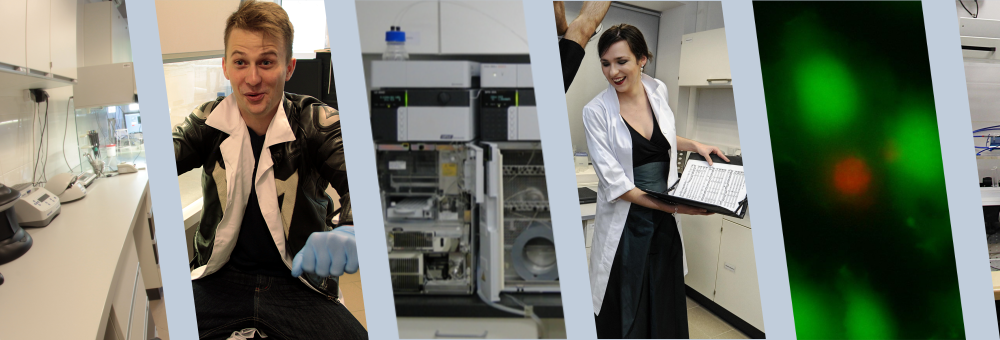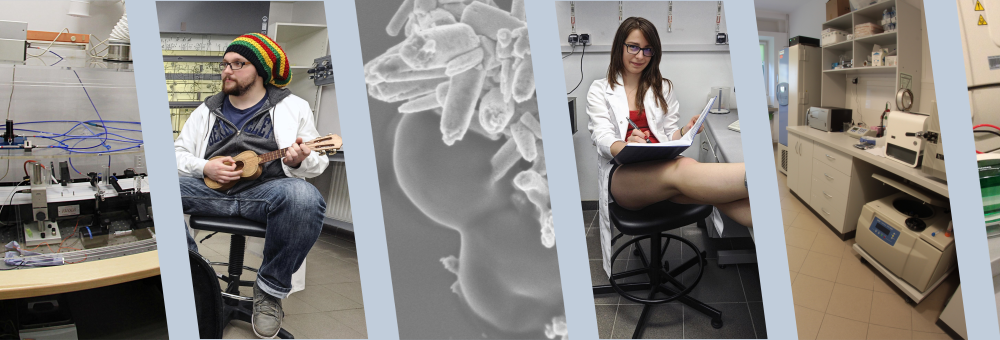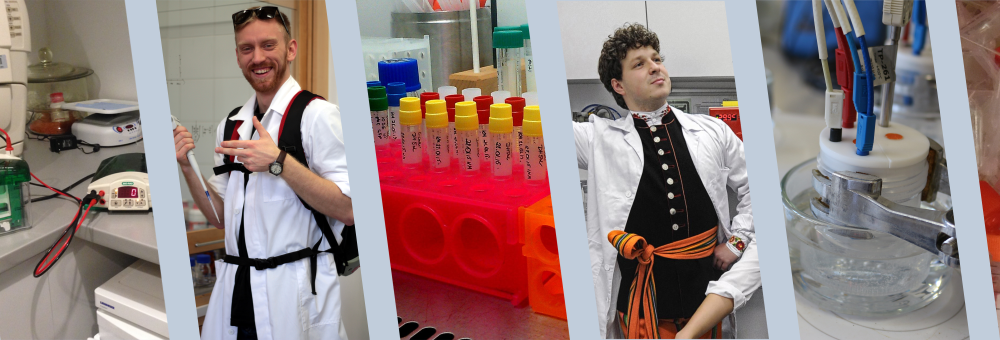Publication
Tracking structural transitions of bovine serum albumin in surfactant by fluorescence correlation spectroscopy and fluorescence lifetime analysis
Author(s): Zhang, Xuzhu and Poniewierski, Andrzej and Hou, Sen and Sozanski, and Wisniewska, Agnieszka and Wieczorek, Stefan A. and Kalwarczyk, Tomasz and Sun, Lili and Holyst, Robert
Title: Tracking structural transitions of bovine serum albumin in surfactant by fluorescence correlation spectroscopy and fluorescence lifetime analysis
Abstract: The structural dynamics of proteins is crucial to their biological A precise and convenient method to determine the structural of a protein is still urgently needed. Herein, we employ correlation spectroscopy (FCS) to track the structural of bovine serum albumin (BSA) in low concentrated cationic chloride, CTAC), anionic (sodium dodecyl SDS), and nonionic (pentaethylene glycol monododecyl ether, and octaethylene glycol monododecyl ether, C12E8) surfactant BSA is labelled with the fluorescence dye called ATTO-488 to obtain steady fluorescence signals for measurements. We that the diffusion coefficient of BSA decreases abruptly with the concentration in ionic surfactant solutions at concentrations the critical micelle concentration (CMC), while it is constant in surfactant solutions. According to the equation, the hydrodynamic radius of BSA in surfactant solutions amounts to similar to 6.5 nm, which is 1.7 larger than in pure water or in nonionic surfactant solutions (3.9 The interaction between BSA and ionic surfactant monomers is to cause the structural transition of BSA. We confirm this by observing a sudden shift of the fluorescence lifetime of from 2.3 ns to similar to 3.0 ns, in ionic surfactant at the concentration below CMC. No change in the fluorescence is detected in nonionic surfactant solutions. Moreover, by FCS we are also able to identify whether the structural change of protein results from its self-aggregation or unfolding.
Pages: 2512-2518
Journal: SOFT MATTER
Volume: 11
ID: ISI:000351396500021
Year: 2015
DOI: 10.1039/c5sm00101c









